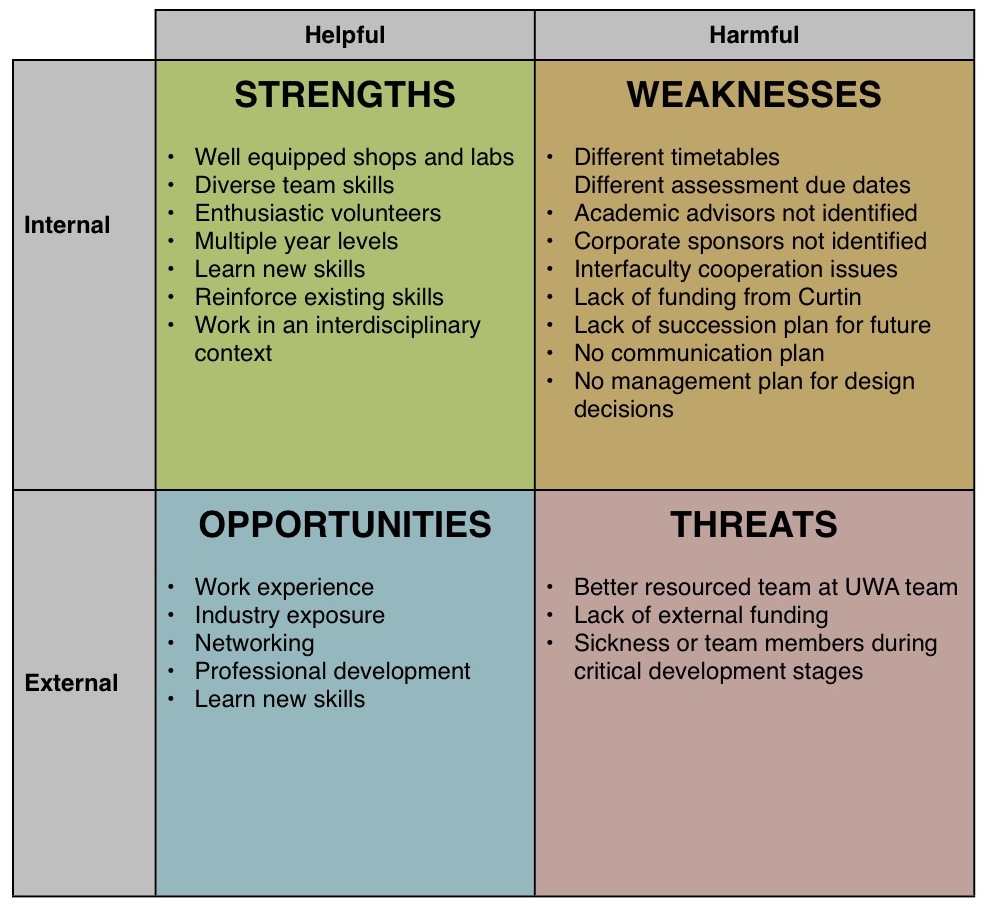

Research shows this promotes cognitive restructuring, enhancing academic, social, and emotional learning as a result. Students also learn better by discussing and questioning each other’s opinions and reasoning as this allows them to develop different perspectives of how they can go about completing a task. They can also learn faster from positive and negative feedback. Researchers found that if students are able to work together, for example on a problem-solving task, they are more likely to experiment with different techniques in order to try and solve it. The phrase “two heads are better than one” certainly has some merit. So, we took a look at the pros and cons of implementing group work into the classroom to determine how effective it really is.

And like with all teaching strategies, the disadvantages need to be taken into consideration.Īmongst educators, there is a growing debate surrounding the efficacy of group work due to the potential for laziness, unequal workload, conflict between students, and a loss of focus on the task at hand. However, our understanding of how group work facilitates learning and why group work is only effective in certain situations is still limited. Numerous research studies have shown the benefits of collaborative learning on academic performance, communication skills, and confidence. The use of group work in the classroom is one of the most widely researched and implemented teaching approaches in the world.


 0 kommentar(er)
0 kommentar(er)
